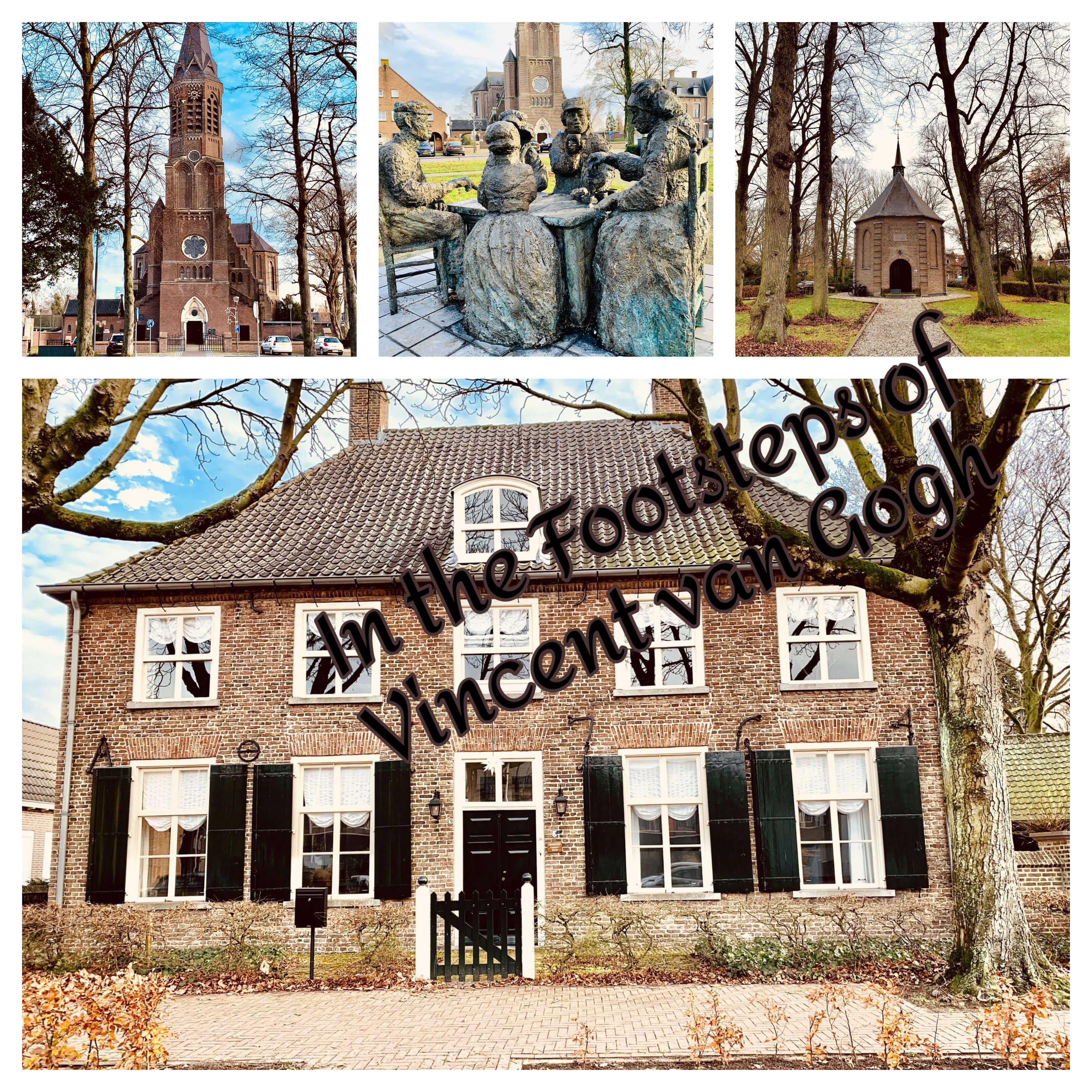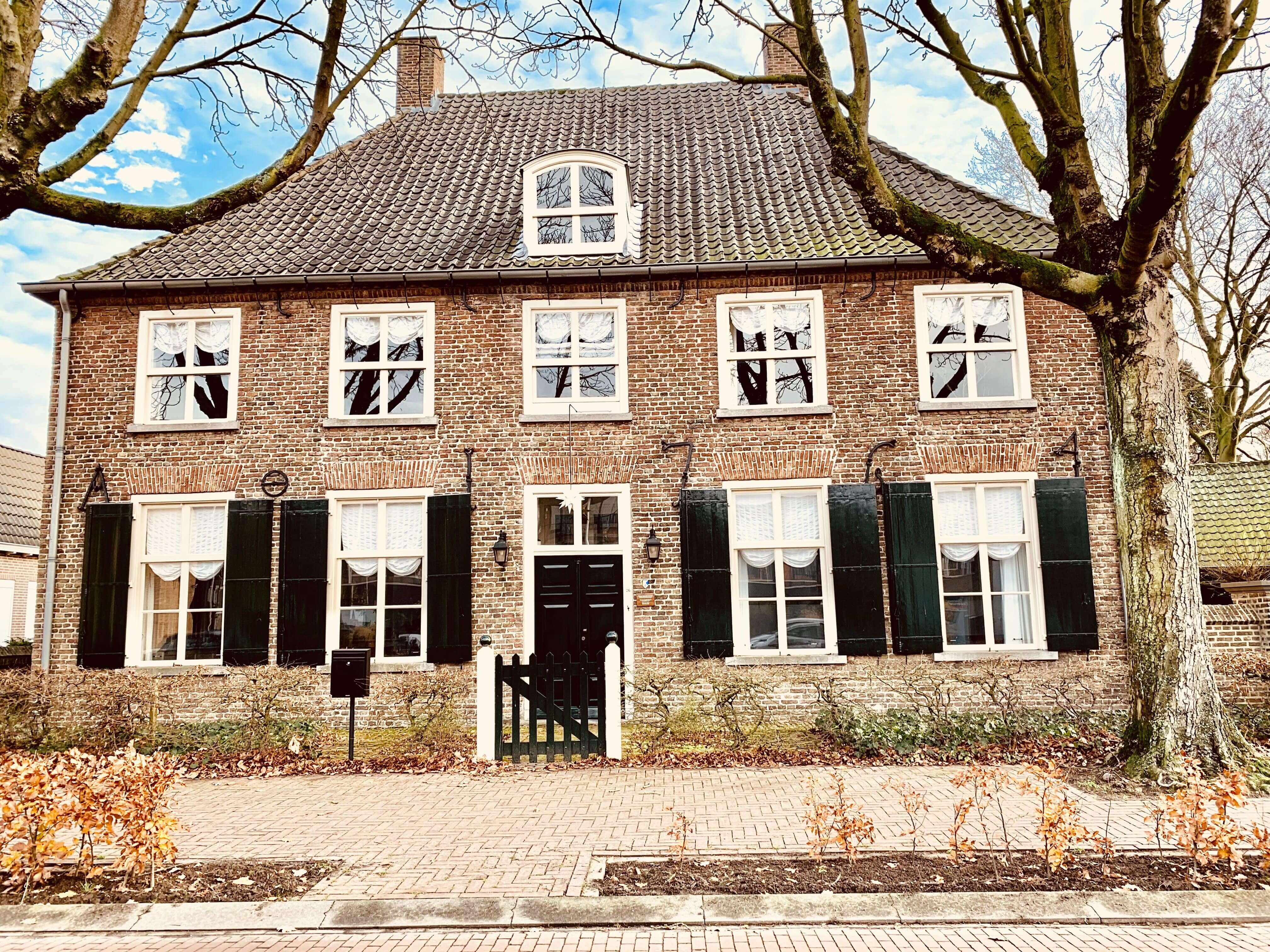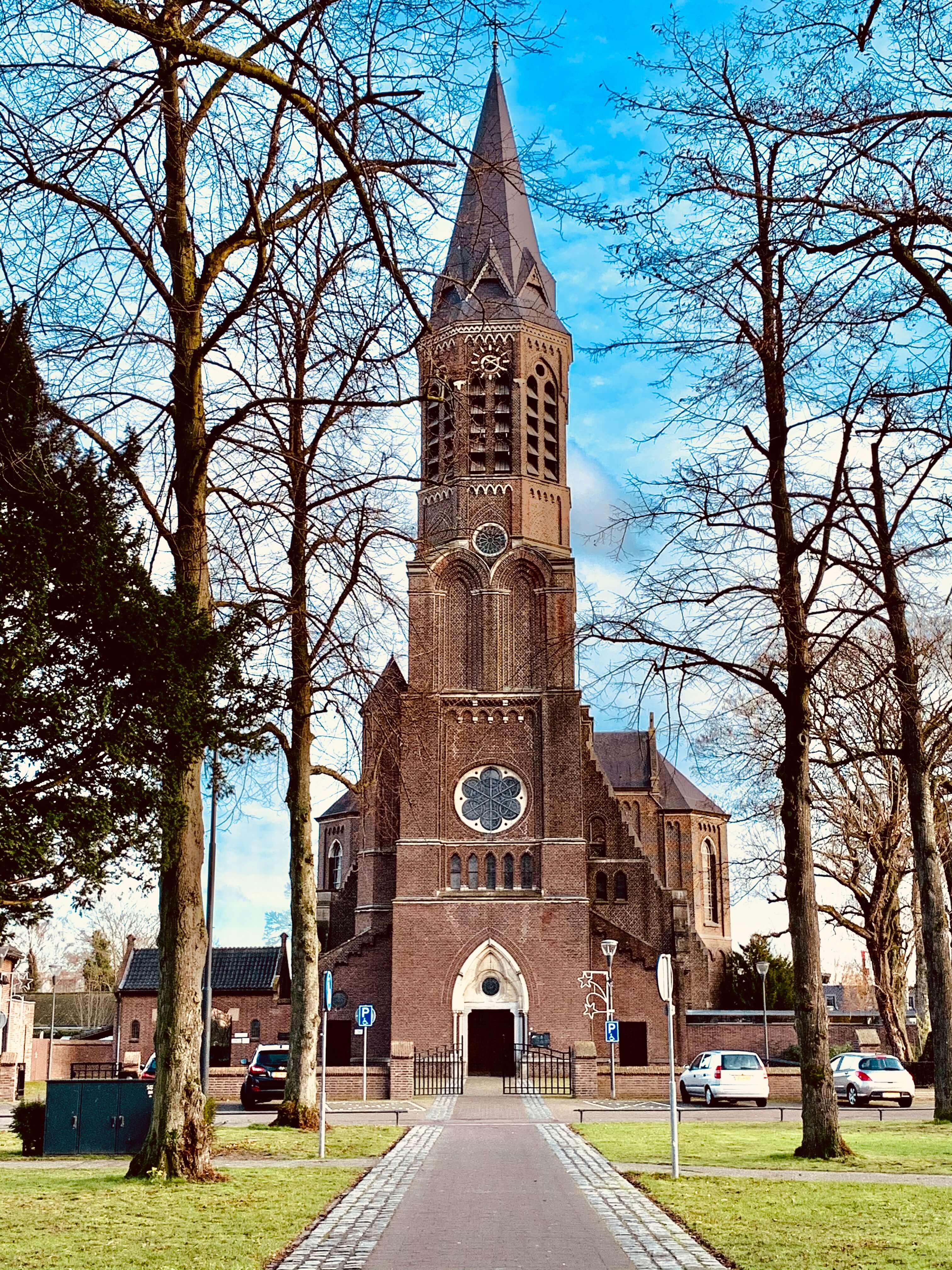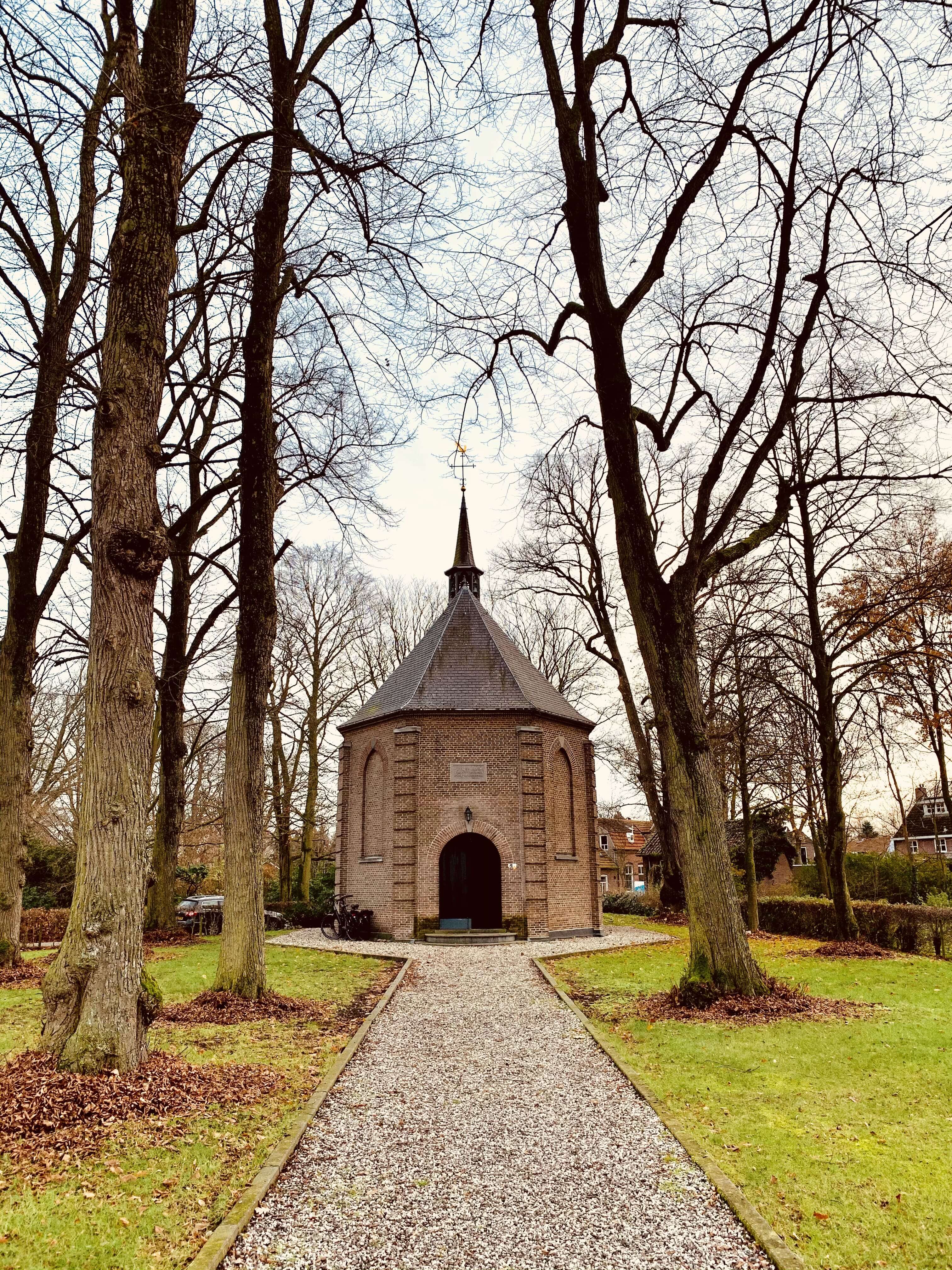Reading Time: 5 minutes
Chaitali takes us on a tour of Nuenen, a small village, of the celebrated Dutch artist, Vincent van Gogh. Home to his parents, his first masterpiece, The Potato Eaters, was painted here. We follow the artist’s footsteps in this village, exclusively for Different Truths.

There are certain places which you must visit if you are an avid van Gogh lover. Most of his admirers would certainly visit the Van Gogh museum in Amsterdam. None can forget the Kröller-Müller Museum (The Netherlands) either, which houses the second largest of the collections of this great Dutch painter. But if you wish to know that place where he painted his first masterpiece The Potato Eaters, (De aardappeleters) you should visit the small, quaint village in the province of Brabant in The Netherlands: Nuenen.
Nuenen is almost 10 kilometers away from the city of Eindhoven, which is now internationally recognised as a global hotbed for (social) innovation.
In this beautiful village of Nuenen, you can follow the artist’s footsteps and marvel at the various landmarks that made a deep impact on his life.
In this beautiful village of Nuenen, you can follow the artist’s footsteps and marvel at the various landmarks that made a deep impact on his life.
In 1883, Vincent left the province of Drenthe, in the Netherlands, and set off for Nuenen, the village where his parents were living. He was 30 years old. He fell in love with the charming village and its countryside and decided to set up his studio, in his parents’ house, at the back of the rectory. He lived in this village from 1883-1885 and although these two years were one of the most difficult years of his life, he produced almost a quarter of his works here, including his masterpiece, The Potato Eaters. It was also in Nuenen that he began painting his landscapes. But he did not continue working in this studio for long due to the recurrent arguments with his father. By May 1884, Vincent shifted to a new studio which was at the home of Johannes Schafrat and it is here that he painted the Potato Eaters.
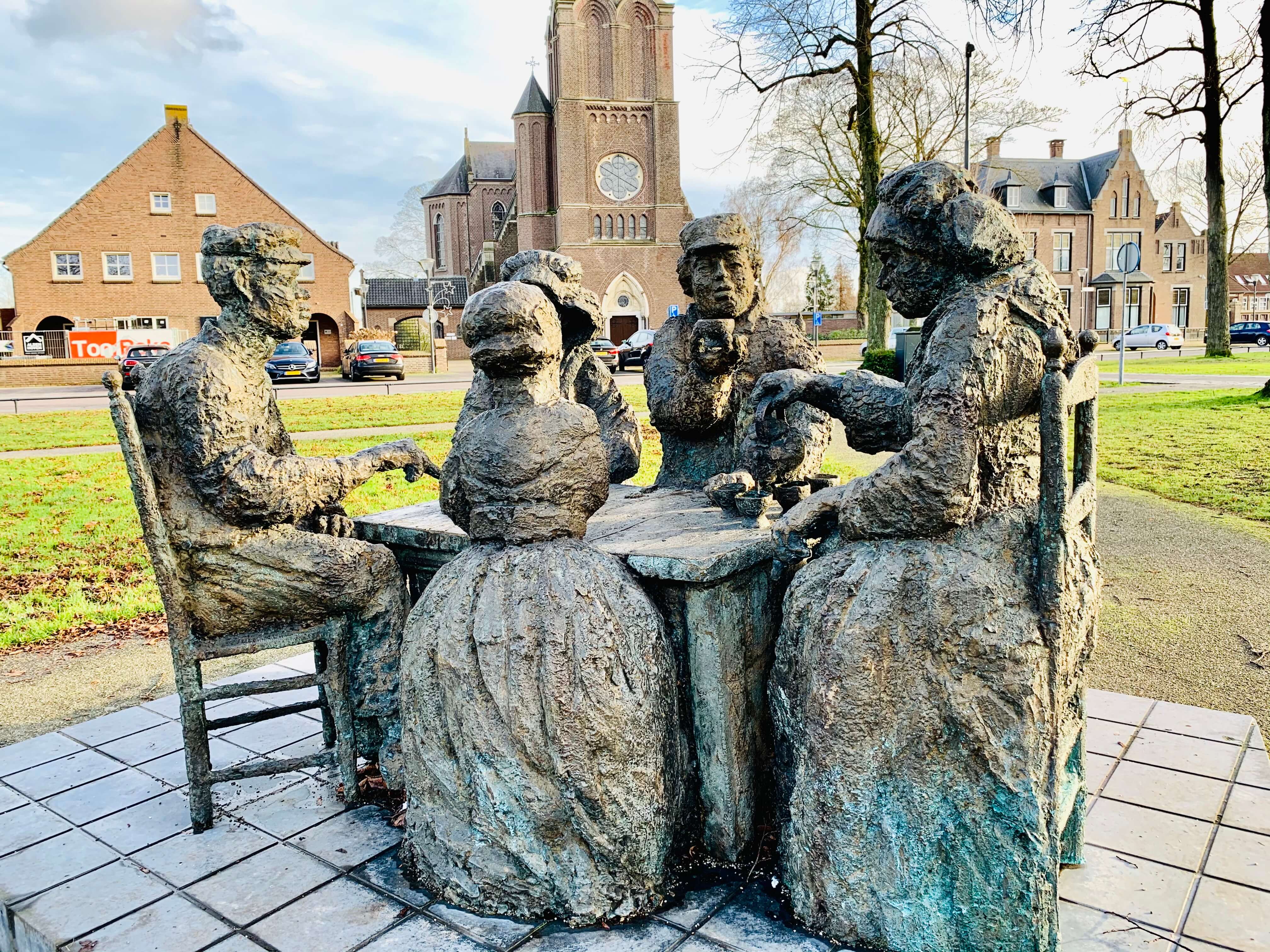
The Potato Eaters is undoubtedly one of the most famous works by van Gogh and of course, his first masterpiece. While the painting, oil on canvas, hangs at the van Gogh museum in Amsterdam, the statue of the Potato Eaters, in a life-size cast, is to be found right in the middle of Nuenen city park.
The Potato Eaters is undoubtedly one of the most famous works by van Gogh and of course, his first masterpiece. While the painting, oil on canvas, hangs at the van Gogh museum in Amsterdam, the statue of the Potato Eaters, in a life-size cast, is to be found right in the middle of Nuenen city park. Here, one can see the Potato Eaters, sitting at their table, in a park, not far away from the Vincentre museum.
As you approach the lovely city of Nuenen, you realize why it’s called the village of van Gogh. Here, in this village indeed, you find those seventeen landmarks which van Gogh portrayed in his paintings. In the small Vincentre museum, you can hear about many unknown details of the artist’s life. There are letters preserved in this museum and you may read the stories as told by van Gogh, about his life from 1883 to 1885. Such minute details as to whom he befriended in this phase of his life and the reasons that made him feel so passionately about Nuenen, may be discovered here. Just opposite the Vincentre museum, stands the house of van Gogh. It cannot be visited though.
You may also take an audio guide tour as you take a leisurely walk through his favorite city. The city boasts of all the locations that have a direct link with van Gogh.
The route is more famously known as the ‘van Gogh cycling route’. As you go further on the route, you will see many sites and scenes around Nuenen, for example, the Opwetten Watermill, the rectory, and the home of the Potato Eaters – all of these are the most important part of his works.
If you are in the mood to cycle through this village, that is also possible! I must tell you, on a beautiful summer day, that is an unforgettable experience by itself. The route is more famously known as the ‘van Gogh cycling route’. As you go further on the route, you will see many sites and scenes around Nuenen, for example, the Opwetten Watermill, the rectory, and the home of the Potato Eaters – all of these are the most important part of his works. Enjoying the picturesque, quaint landscape of Brabant, as you bike along, you can stop at the seventeen information pillars along the way and enjoy listening to the stories of van Gogh’s relationship to these specific sites. The entire route is divided into five individual round trips, which can each be cycled in a day and connect several van Gogh heritage locations in North Brabant.
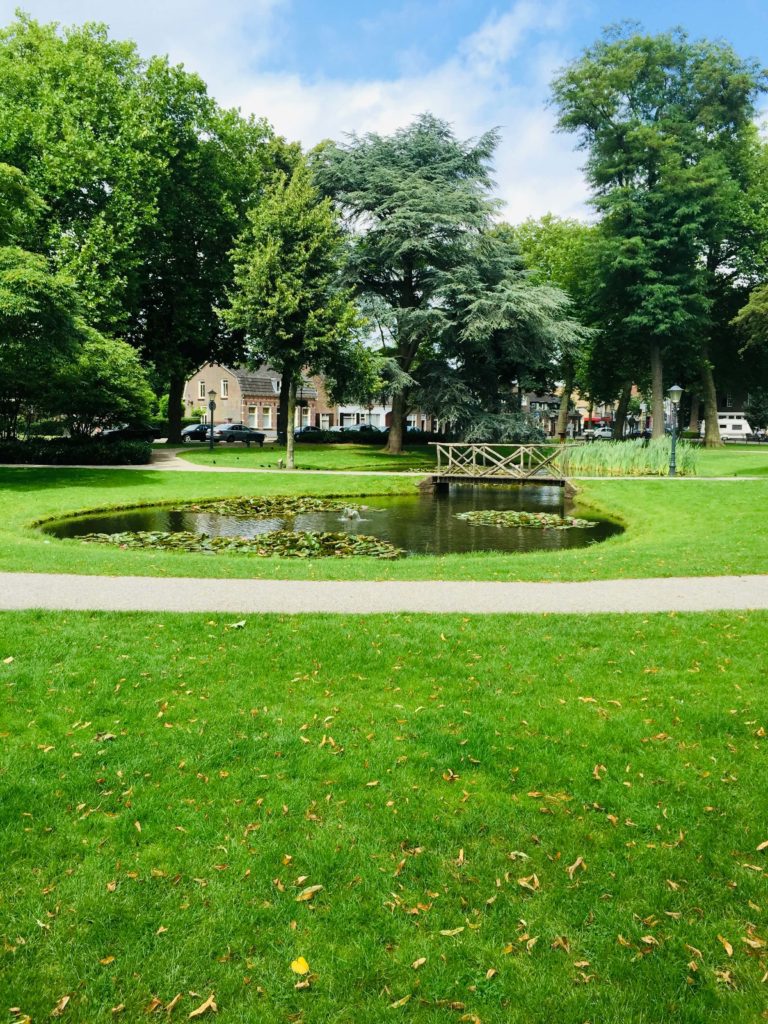
The route also includes the extraordinary van Gogh – Roosegaarde cycling path. This route is unique, as it is designed after van Gogh’s masterpiece Starry Night-his most famous work of art- by the world-famous designer Daan Roosegaarde. An illuminated poetic cycle path (600 meters), reminding you of the painting Starry Night. This is Roosegaarde’s memorable tribute to the artist. Thousands of shimmering stones featuring glow-in-the-dark technology and solar-powered LED lights to illuminate the path. This cycle path runs between the two famous windmills- Opwetten Windmill and Coll Windmill- which also form part of his paintings.
Nuenen and its tranquil surroundings are often regarded as an ‘open-air’ museum, where you can walk following the footsteps of the great Dutch painter, Vincent van Gogh.
Photos sourced by the author and by Different Truths

